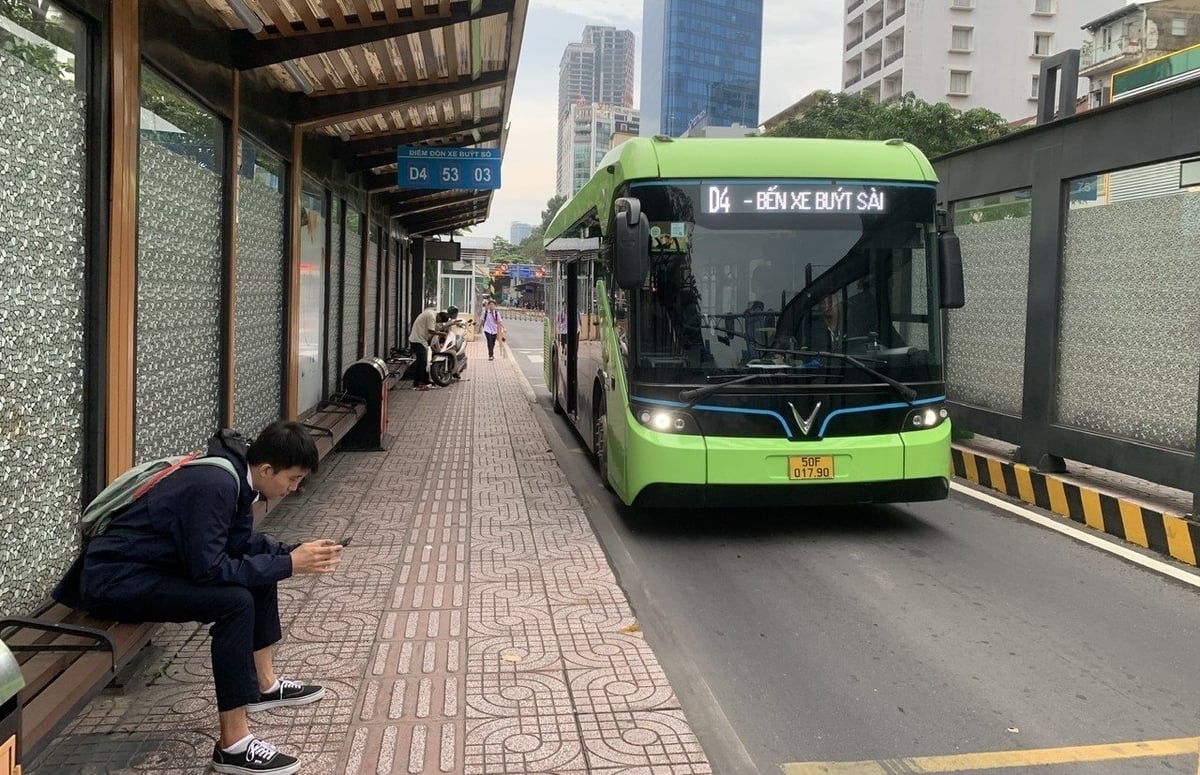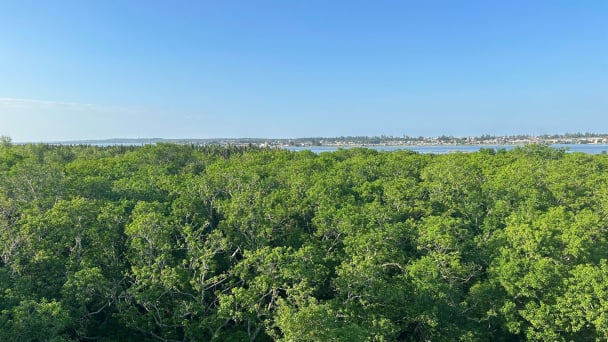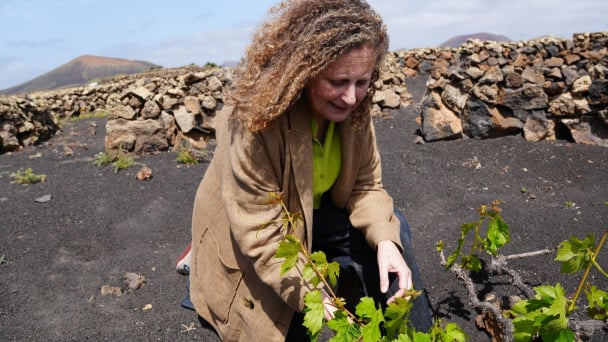May 23, 2025 | 10:17 GMT +7
May 23, 2025 | 10:17 GMT +7
Hotline: 0913.378.918
May 23, 2025 | 10:17 GMT +7
Hotline: 0913.378.918
Ho Chi Minh city is the first locality in Vietnam to issue a Climate Change Response Action Plan for the 2021-2030 period, with a vision to 2050. A notable innovation in this plan is the integration of climate adaptation strategies into urban planning, transportation, land use, energy, and other key sectors. This aims to ensure that the city’s long-term development trajectory does not conflict with climate goals.
According to Professor Dr. Le Thanh Hai, Director of the Institute for Environment and Resources at Vietnam National University (Ho Chi Minh city), the important shift is that the city has moved from a passive response to proactively mainstreaming climate considerations into all development decisions.
“Climate change is no longer just an environmental issue. It has become a core factor in planning and investment. This is the right approach, aligning with what major global cities facing similar risks are doing,” commented Prof. Dr. Le Thanh Hai.

Ho Chi Minh city is accelerating the development of green transportation to adapt to climate change. Photo: Nguyen Quynh.
From the standpoint of urban administration, Ho Chi Minh city is also finalizing a coordination mechanism for climate action programs, promoting cross-sectoral collaboration between natural resources and environment, transportation, construction, science and technology, and finance. Urban management authorities have been tasked with overseeing the implementation of greenhouse gas emission reduction targets, efficient energy use, and enhancing infrastructure resilience against natural disasters.
In parallel, Ho Chi Minh city actively participates in international networks such as the 100 Resilient Cities (100RC) initiative, the C40 Cities Climate Leadership Group, and the Asian Urban Forum. Through these collaborations, the city not only gains access to financial and technical resources but also learns from pioneering models such as Rotterdam (Netherlands), Singapore, and Bangkok.
Notably, in partnership with JICA (Japan International Cooperation Agency), the city is implementing a project to develop a carbon emission inventory system, contributing to the modernization of urban environmental management. Climate data repositories are also being updated to support early warning systems, risk-based planning, and targeted investment.
Assessing this progress, Mr. Le Ngoc Quy, Director of the Center for Water Resources and Environment under the Southern Natural Resources and Environment Company, emphasized that Ho Chi Minh city is adjusting its master plan towards a multi-center urban model with six sub-regions. This approach aims to ease pressure on infrastructure, enhance adaptability, and build climate resilience.
The city has also published an “Urban Planning and Design Handbook for Water Adaptation” and formed expert groups to research and develop clean and green planning models. A prime example is the Tam Phu Park project in Thu Duc city, which has been selected as a pilot site to assess the benefits of nature-based solutions for flood management.
From an infrastructure perspective, Ho Chi Minh city is implementing the 2020-2045 Drainage and Wastewater Treatment Project, investing in a range of technical works including drainage systems, retention basins, pumping stations, and anti-flood constructions in suburban districts. In 2024 alone, the city added over 2,087 m² of public green space to improve soil water absorption, reduce the urban heat island effect, and cool down city temperatures.
Climate adaptation criteria have also been integrated into sub-zoning plans, with an emphasis on expanding open spaces, constructing retention lakes, and developing sustainable infrastructure. The city plans to construct approximately 300 hectares of raw water reservoirs under the 2040–2060 master plan to ensure water security amid increasingly extreme weather conditions.
Going beyond planning and policy, Ho Chi Minh city is vigorously implementing practical solutions to boost its adaptability. Across the city, numerous flood-control infrastructure projects are being deployed to address increasingly severe flooding caused by heavy rainfall and high tides—both intensified by climate change.
A major project under rapid development is the VND 10 trillion tidal control initiative, which includes six large tide gates and is expected to protect over six million residents in the central areas from severe inundation. At the same time, the city is working to restore its inner-city canal system, long encroached upon by development, to reinstate natural water flow, create drainage space, and relieve pressure on the underground sewer network.
At the community level, many localities have taken the initiative to implement rainwater retention ponds in parks, schools, and residential areas. These structures not only mitigate localized flooding but also serve as “green lungs” that improve the microclimate and enhance quality of life.
Ho Chi Minh city is also leading the way in renewable energy development, with over 20,000 rooftop solar power systems installed, mainly in households, factories, schools, and public buildings. In addition, electric bus lines are being trialed, contributing to emission reductions and promoting green mobility habits.
Simultaneously, the city is advancing its use of digital technology in climate management. The Flood Risk Management Information System (FRMIS) provides real-time data on rainfall, tides, and gate operations, enabling early forecasting and effective response. Flood maps and climate risk maps are being integrated into digital platforms to support decision-making for both authorities and citizens.
Evaluating these practical measures, Mr. Le Ngoc Quy acknowledged Ho Chi Minh city’s progress but emphasized the need for more comprehensive and strategic investment.
“Ho Chi Minh city should develop detailed flood risk maps down to each ward and commune, while also advancing underground infrastructure like rainwater storage tanks and sensor-controlled pumping systems. Expanding green space, limiting surface concretization, and reducing groundwater extraction are essential steps to strengthen long-term climate resilience,” he advised.
According to Mr. Le Ngoc Quy, the city should intensify its engagement in climate finance cooperation, leveraging funding from the Green Climate Fund (GCF), international development organizations, and the private sector to implement large-scale projects, particularly in the areas of sustainable infrastructure, clean transportation, and energy transition.
Translated by Kieu Chi

(VAN) Rice straw is no longer just a discarded byproduct, but it is becoming a green resource that helps farmers in the Mekong Delta reduce emissions and promote circular, sustainable agriculture.

(VAN) Other Effective Area-based Conservation Measures (OECMs) are solutions that contribute effectively to achieving the goals of the Kunming–Montreal Global Biodiversity Framework.

(VAN) A study assessing the carbon footprint of whiteleg shrimp farming in China shows the potential for carbon emission reduction through the use of renewable energy.

(VAN) Brazil, China, Mexico and Spain receive new designations of Globally Important Agricultural Heritage Systems from FAO.
![Reducing emissions from rice fields: [3] New values generated from carbon credit](https://t.ex-cdn.com/nongnghiepmoitruong.vn/608w/files/content/2025/05/19/dsc09613-144700_71-150957.jpg)
(VAN) In addition to helping safeguard the environment, the low-emission rice cultivation model also generates new opportunities for farmers by leveraging the carbon credit market.
![Ho Chi Minh city adapts to climate change: [1] Vulnerable in the whirlwind of development](https://t.ex-cdn.com/nongnghiepmoitruong.vn/608w/files/duyenht92/2025/05/19/3131-ngap-nongnghiep-163121.jpg)
(VAN) As the country's economic engine with a rapid urbanization rate, Ho Chi Minh city is facing increasingly serious consequences of climate change.